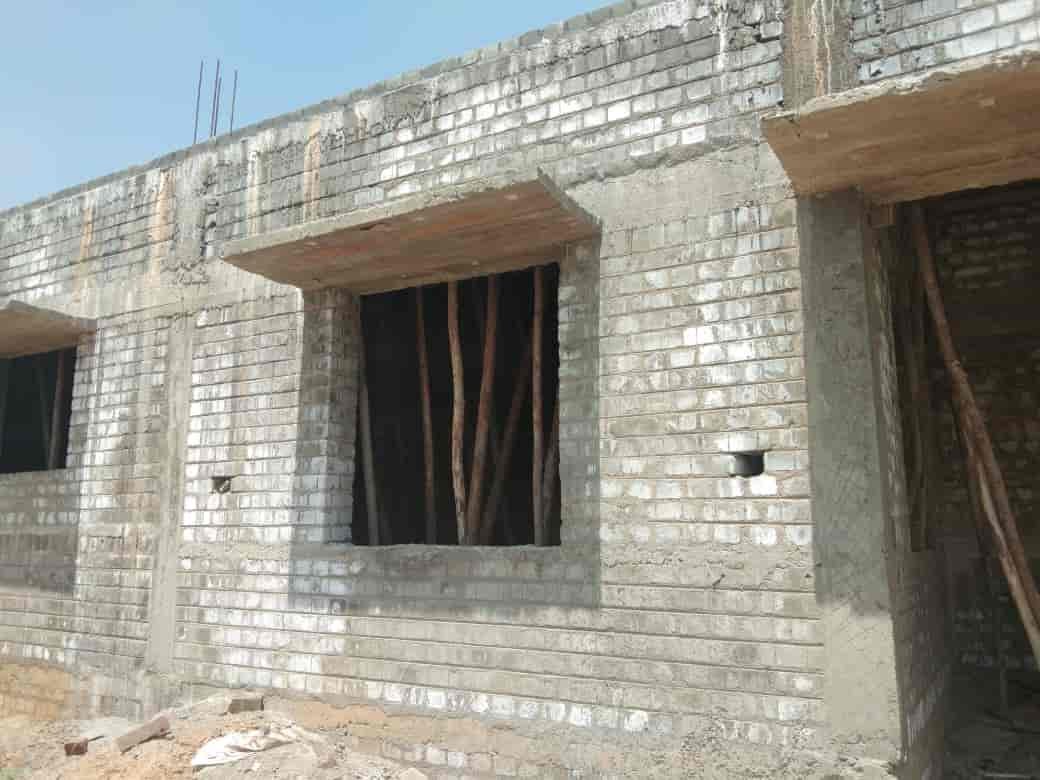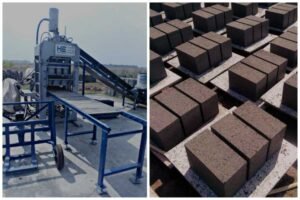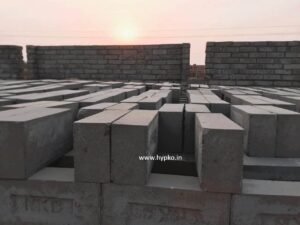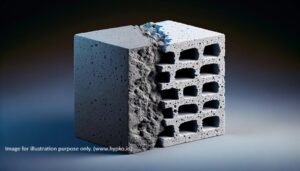Sustainable construction practices have become a significant area of focus in recent years due to the increasing concern for the environment. One of the critical elements of sustainable construction is the use of sustainable building materials. In this context, fly ash bricks have emerged as a popular choice among architects and builders. Fly ash bricks are Eco-friendly and sustainable building materials that offer a range of benefits in terms of durability, cost-effectiveness, and environmental sustainability.
Fly ash bricks are made from a mixture of fly ash, cement, sand, and water. Fly ash is a by-product of coal combustion in thermal power plants, and it is usually disposed of in landfills, which can have severe environmental consequences. However, by using fly ash to make bricks, it becomes a valuable resource that can be used for sustainable construction. The manufacturing process of fly ash bricks involves using less energy compared to traditional clay bricks, and this results in a reduced carbon footprint.
Fly ash bricks are highly durable and have a long lifespan, which reduces the need for frequent replacements. The compressive strength of fly ash bricks is higher than traditional clay bricks, making them more resistant to damage from weather and natural disasters. Furthermore, fly ash bricks are less prone to shrinkage, which reduces the risk of cracks developing in the building.
The use of fly ash bricks in construction can significantly reduce the cost of construction. The manufacturing process of fly ash bricks requires fewer resources compared to traditional clay bricks, resulting in lower production costs. Furthermore, the lightweight nature of fly ash bricks makes them easier to transport and install, reducing labor costs. This cost-effectiveness makes fly ash bricks an attractive option for affordable housing projects.
Fly ash bricks are also highly sustainable from an environmental standpoint. The use of fly ash in brick manufacturing reduces the amount of waste sent to landfills, which contributes to reducing the carbon footprint. Furthermore, the manufacturing process of fly ash bricks requires less water compared to traditional clay bricks, which helps in conserving water resources. The lightweight nature of fly ash bricks also reduces the energy required for transportation and installation, resulting in a further reduction in carbon emissions.
Another advantage of fly ash bricks is their thermal insulation properties. Fly ash bricks have high thermal insulation properties, which means they can regulate the temperature of the building, keeping it cooler in summer and warmer in winter. This reduces the energy required for heating and cooling, resulting in significant energy savings and reduced carbon emissions.
In conclusion, fly ash bricks have emerged as a sustainable building material that offers a range of benefits in terms of durability, cost-effectiveness, and environmental sustainability. The use of fly ash bricks in construction can significantly reduce the carbon footprint and contribute to sustainable development. As the world moves towards a more sustainable future, the use of fly ash bricks is expected to become increasingly popular as more builders and architects recognize their potential for sustainable construction.




